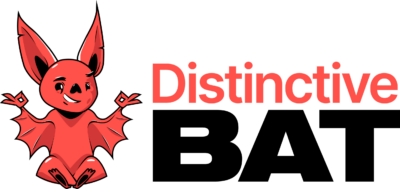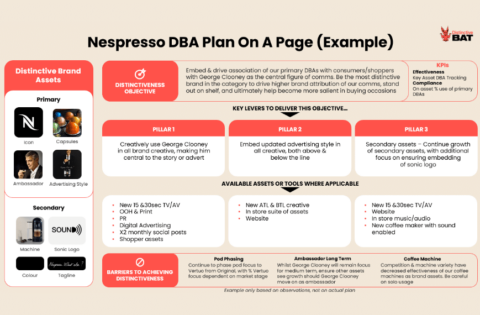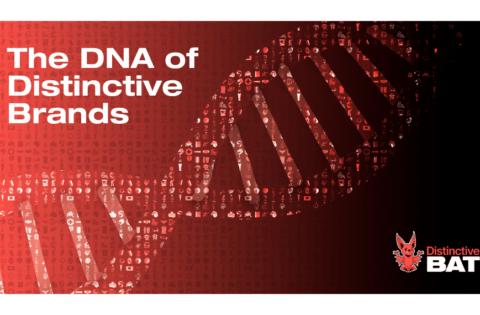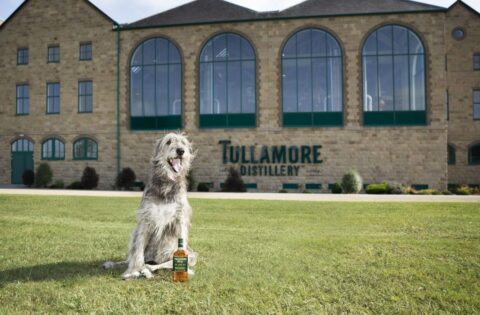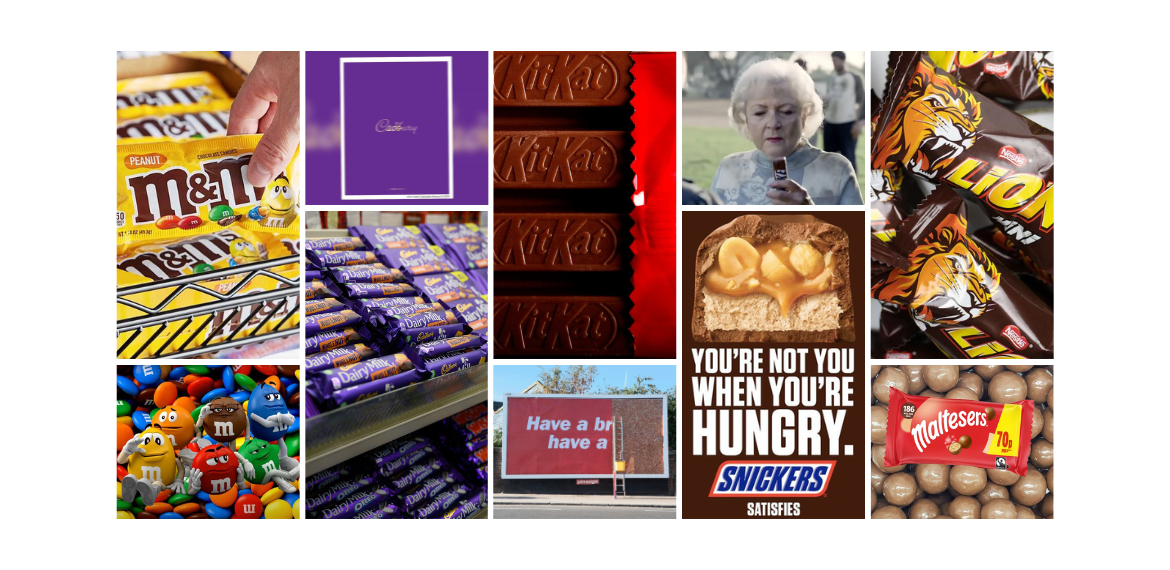
Sweet Success: What We Can Learn From DBA’s In The Chocolate Aisle
Sweet Success: What We Can Learn From DBA’s In The Chocolate Aisle
New study discerns insights from popular chocolate brands – from Kit Kat’s unbreakable tagline, and the adventures of M & M, to Cadbury’s purple reign.
Chocolate bars are a frequent purchase for many consumers. Consequently, Asset Recognition and Brand Attribution tend to be naturally higher compared to products seen and bought less often. It is these heightened scores, however, that help us to discern what makes the category so distinctive, offering a recipe for success to those hoping to follow suit.
The packaging is highly distinctive:
These wrappers follow best practice by incorporating other brand assets such as colour and icons (such as Dairy Milk’s milk jug) or characters (as seen with Lion). Using one high-scoring asset type to reinforce another is a shortcut to success. An effective and cohesive Distinctive Brand Asset suite will have a common thread linking all the parts together.
The top-performing wrappers also feature images of the product itself. If consumers are accustomed to seeing, for example, half-eaten bars in the fridge, they are likely to associate that with the packaging they see on the shelf.
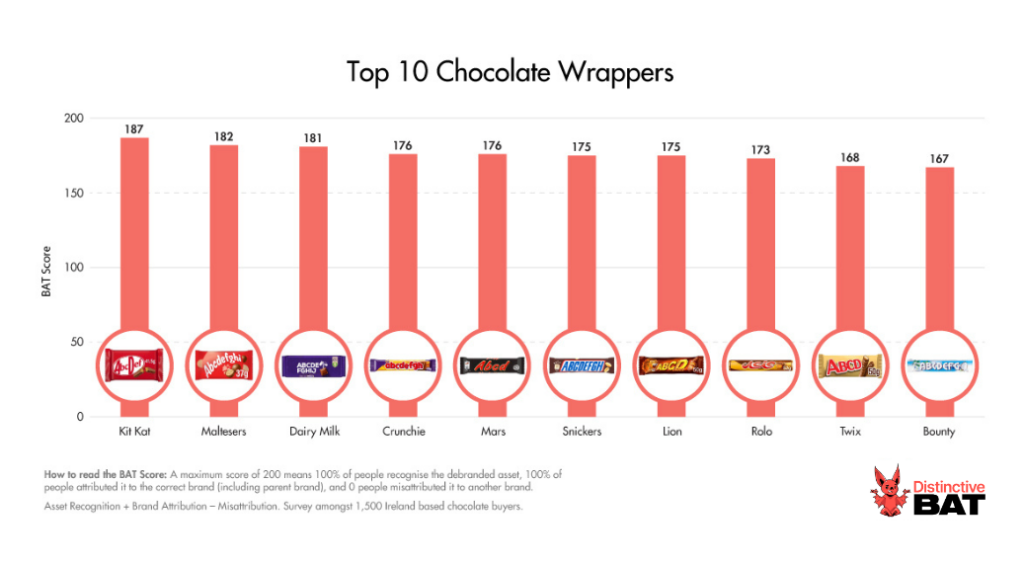
Kit Kat breaks out ahead of the competition with an impressive score of 187 out of a possible 200 – and while the top scoring Kit Kat and Maltesers packaging is visually similar, we will go on to see that it is the supplementary assets incorporated by the former which allow it to rank as the category leader.
But products are powerful too:
While wrappers are certainly important for grabbing attention and attribution in the confectionary aisle, you might argue that it’s what’s inside that counts.
Most unwrapped chocolate bars scored highly for all brands, except for Snickers who suffered significant misattribution with 30% of respondents confusing it with the Mars Bar. When two assets are visually similar or generic to the category, the category leader will almost always come out top of mind.
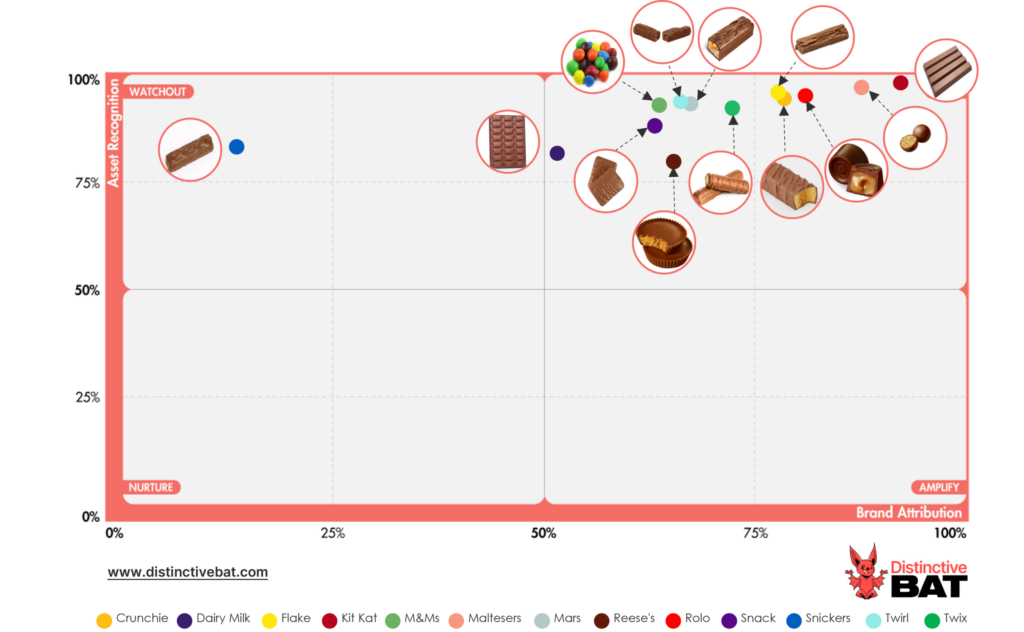
To lean on their tagline, which did score highly, you’re not you when you’re unwrapped, Snickers.
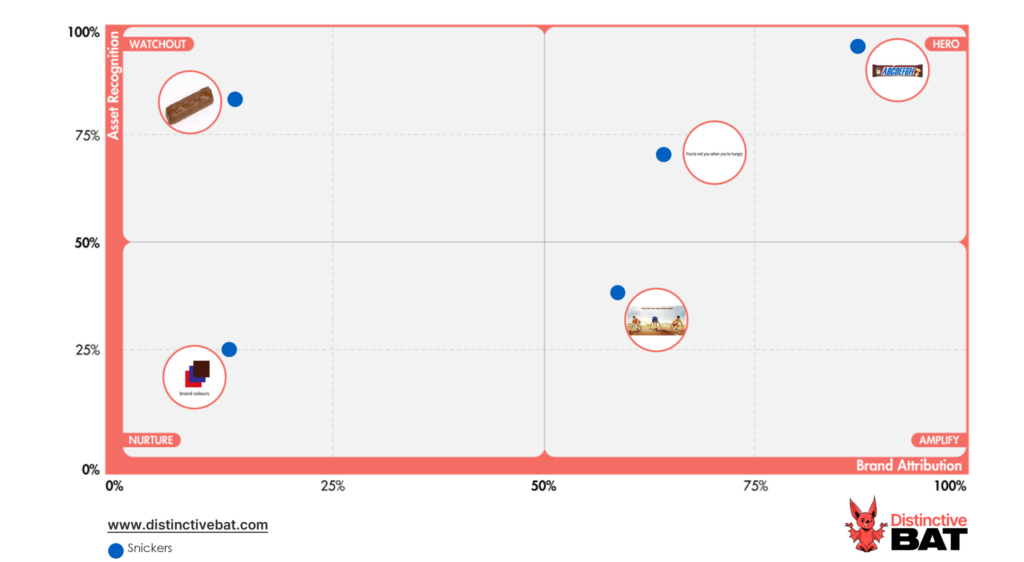
Distinctive Asset Measurement: Brand Research That Provokes Action
Used by some of the world’s most distinctive & leading brands






Taglines provide a creative platform:
Snickers has long used “You’re not you when you’re hungry” as a creative springboard, with several viral campaigns in the 2010s.
However, the brand has since traded in the slogan in favour of “Maybe you just need a Snickers.”
Us marketers can often become bored with an asset, or mistakenly assume it has reached wear-out. However, our research has found that this is almost never the case. Consistency is key in developing Distinctive Brand Assets (DBAs); and it takes years or even decades for an asset to become iconic.
Kit Kat exemplifies how to embed a tagline with longevity, by continually iterating activation to mitigate any perceived stagnation. “Have a break, have a Kit Kat” appears in many different guises, but it’s always the core creative platform.

This approach has paid off, with Kit Kat’s tagline and advert scoring near 100% for both Asset Recognition and Brand Attribution.
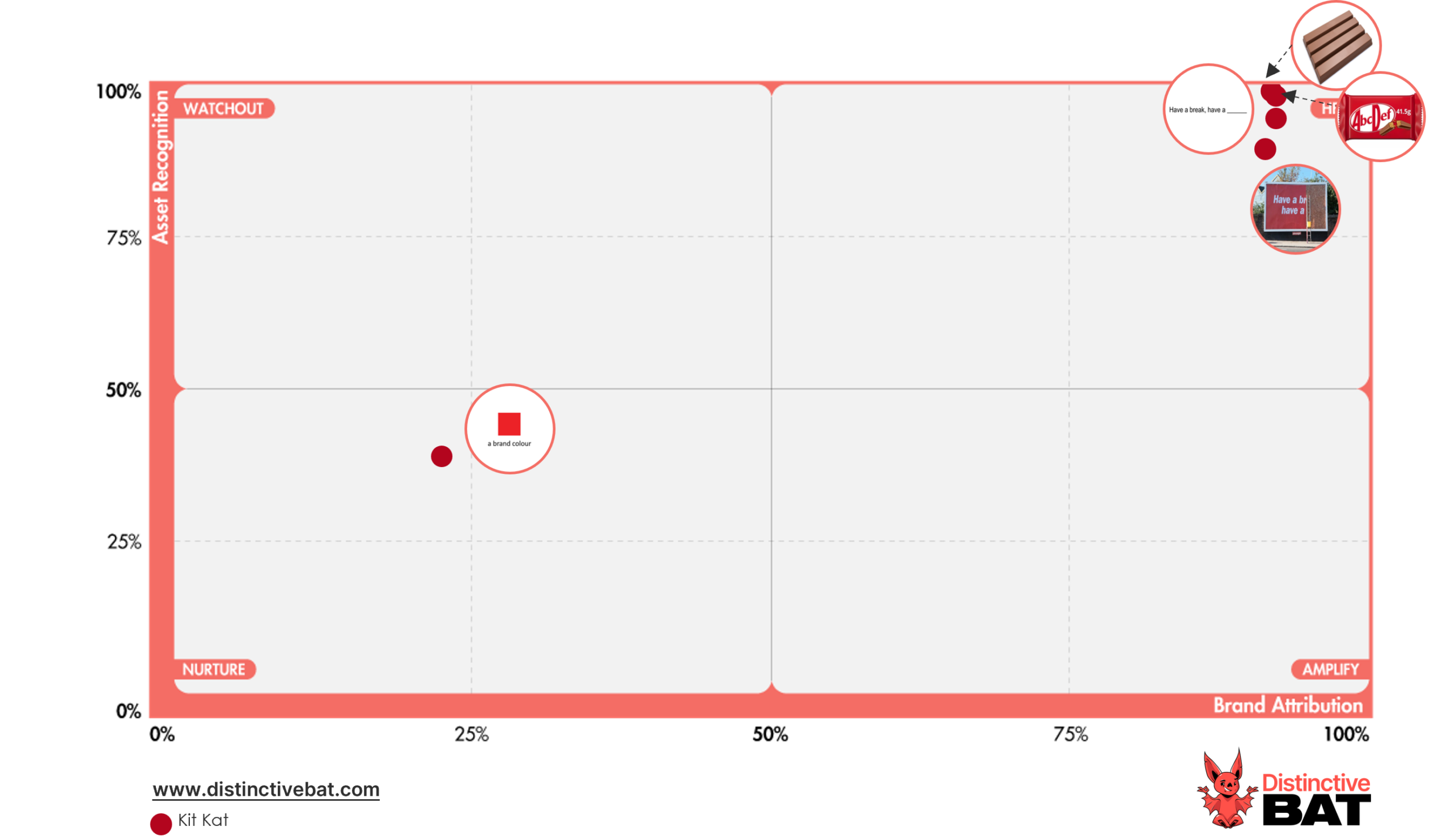
While Kit Kat has a number of iconic assets, there is little equity in their use of red alone, due to misattribution to Maltesers and Lindt, who use similar hues. Colour, therefore, plays a supporting role for the brand, demonstrating that even the biggest brands don’t (and shouldn’t try to) win with every asset type.
Colour requires commitment:
Cadbury excels in its use of colour, achieving the only colour Hero asset in the category for their use of dark purple. The brand is well known for their commitment and consistency to colour as a Distinctive Brand Asset (read more here) which undoubtedly contributes to their success.
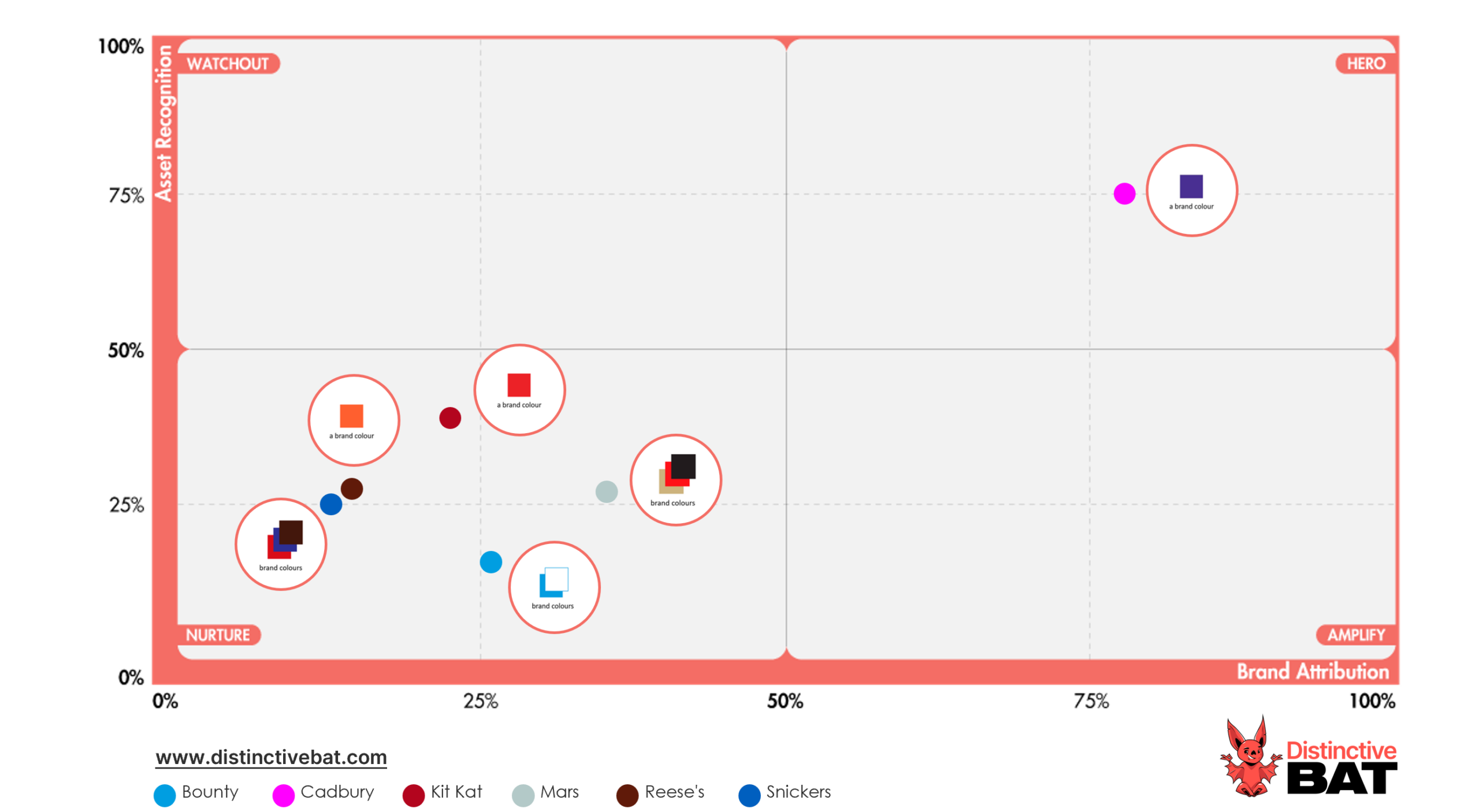
Looking at the wider range of Cadbury assets, their equity in purple is again evident. Dairy Milk achieves the highest Brand Attribution score, likely due to its use of full colour blocking and the inclusion of the iconic milk jug icon, another asset that Cadbury has championed over time, and another example of using one asset to embed another.
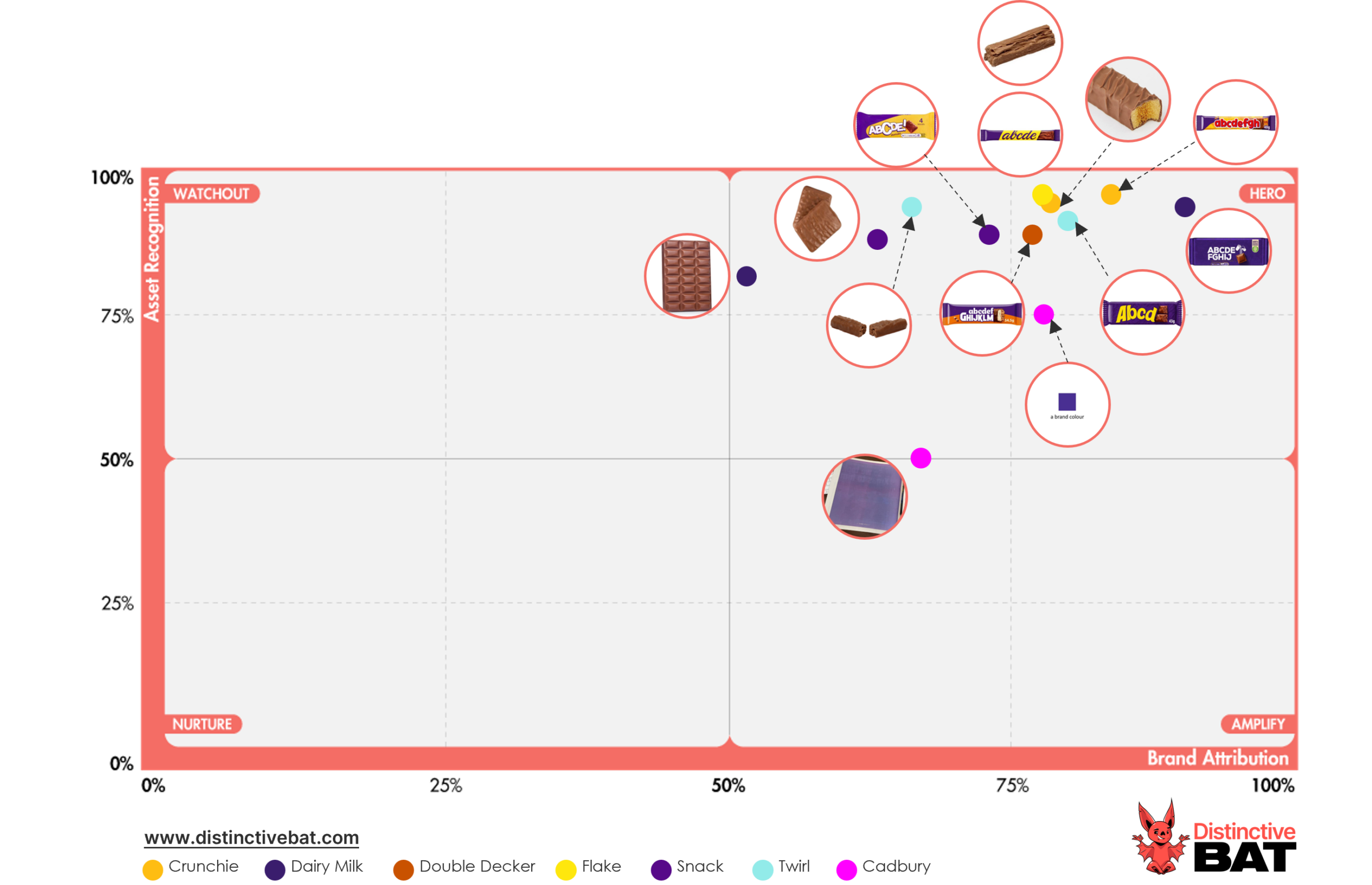
The DNA Of Distinctive Brands
Inspire your team and brand, by understanding how to achieve greater levels of distinctiveness with our guide to Distinctive Brand Assets
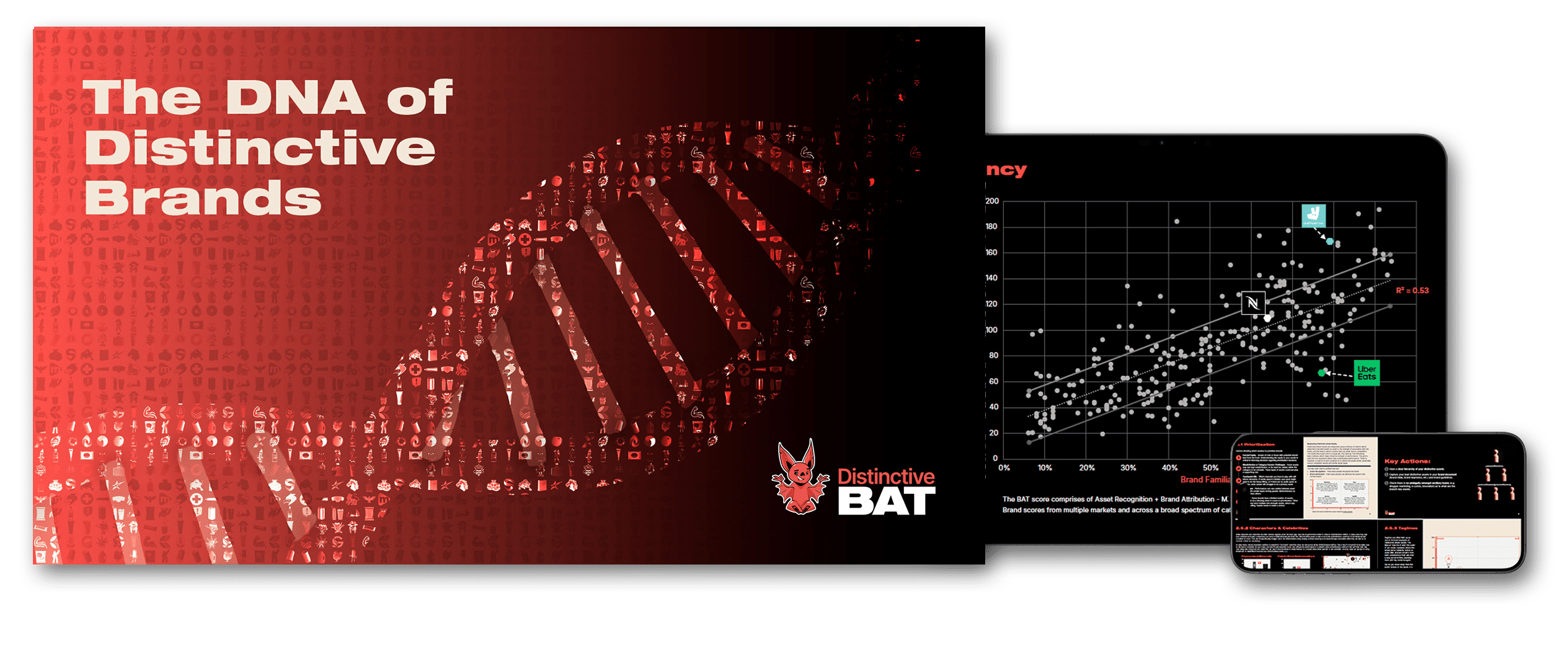
Characters are incredibly versatile:
Another leading brand, M&M’s dominate for use of character. The intrinsically linked mascots (walking talking products named Red M & Yellow M – simple but genius!) signal the brand any time they are used.
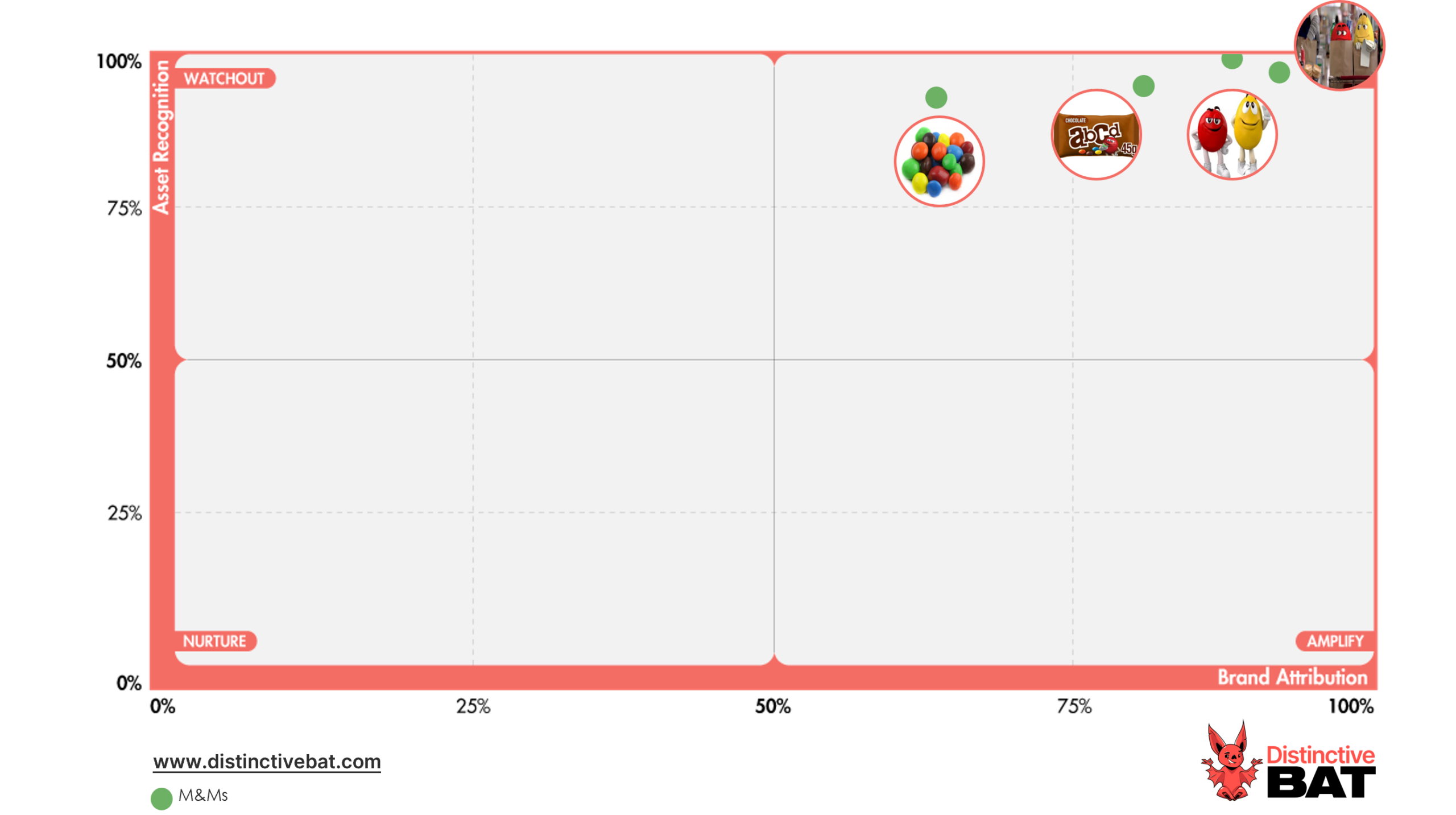
M&M’s do a great job of leveraging their versatile characters across every touchpoint, from packaging and in store displays, to advertising campaigns and even merchandise. This is a masterclass in how to champion a singular asset type.
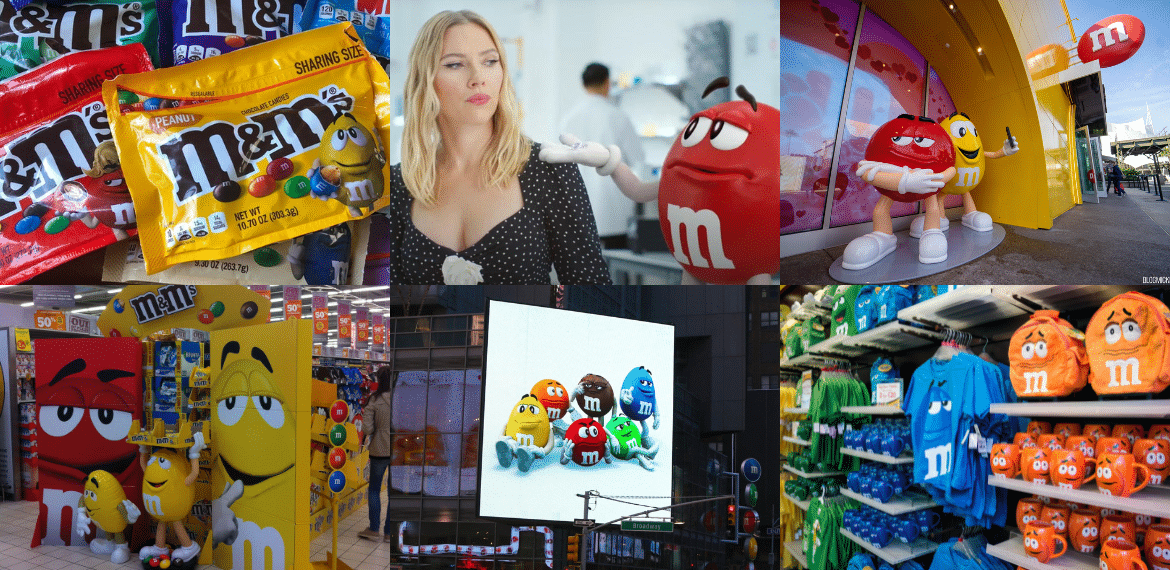
There’s also an innate human inclination towards recognising faces over static objects, which helps to drive Asset Recognition and ensures that characters consistently score highly across categories and markets.
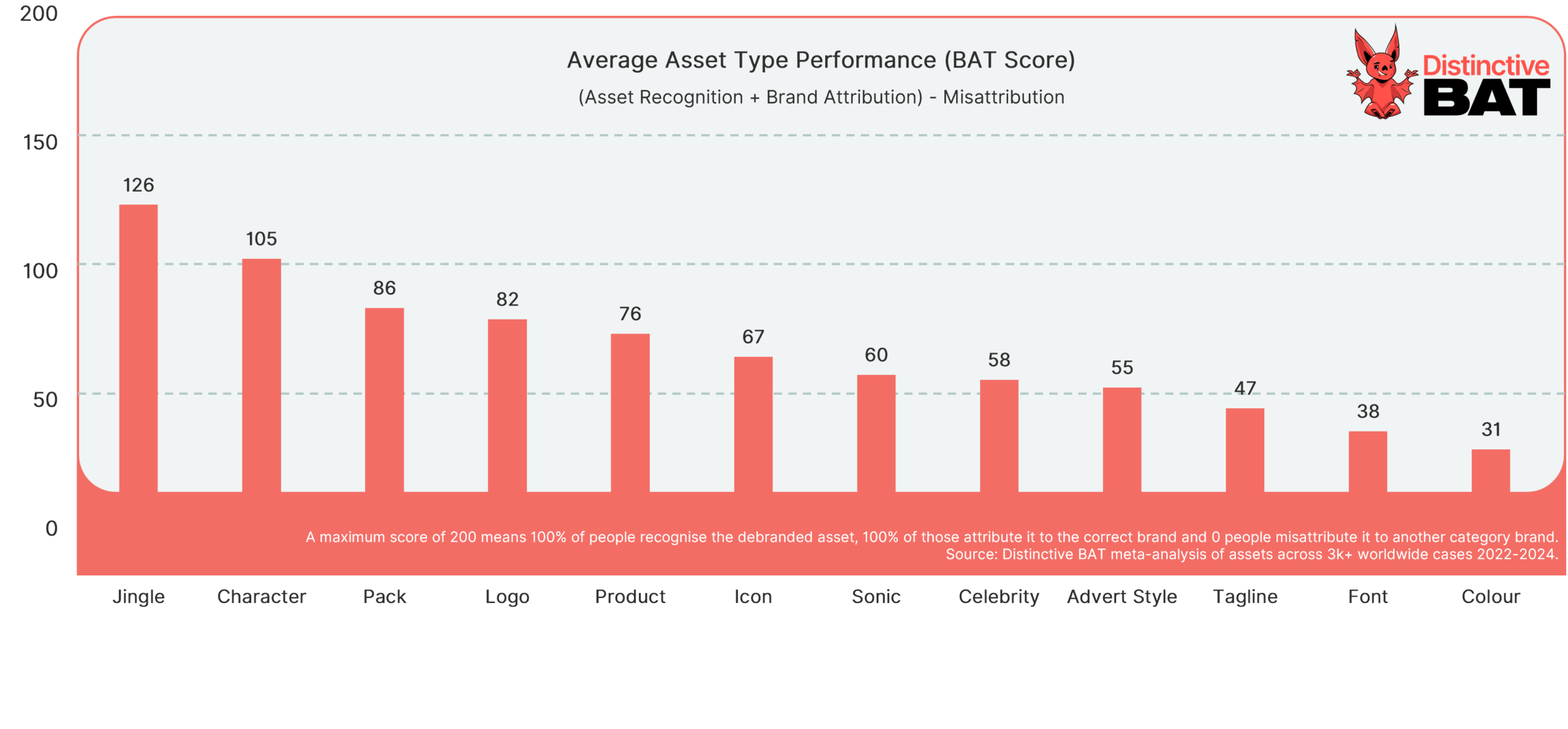
The chocolate category is a great example of how brands might only need one asset, for which they relentlessly embed and champion across all of their touch points. For Cadbury that’s colour, for KitKat the tagline and for M&M’s the characters.
While certain types of assets generally tend to be more effective as Distinctive Brand Assets, these findings demonstrate that successful brands can be built using almost any type. Just make sure all your activity is “choc” full of that chosen asset.
Read more about the different types of Distinctive Brand Assets here.
For help in discovering what your Distinctive Brand Assets are, or could be, get in touch with us.
Have any questions on Distinctive Brand Asset Research or Tracking? Drop me a message via LinkedIn or email at hello@distinctivebat.com
Distinctive Asset Measurement: Brand Research That Provokes Action

Used by some of the world’s most distinctive & leading brands






